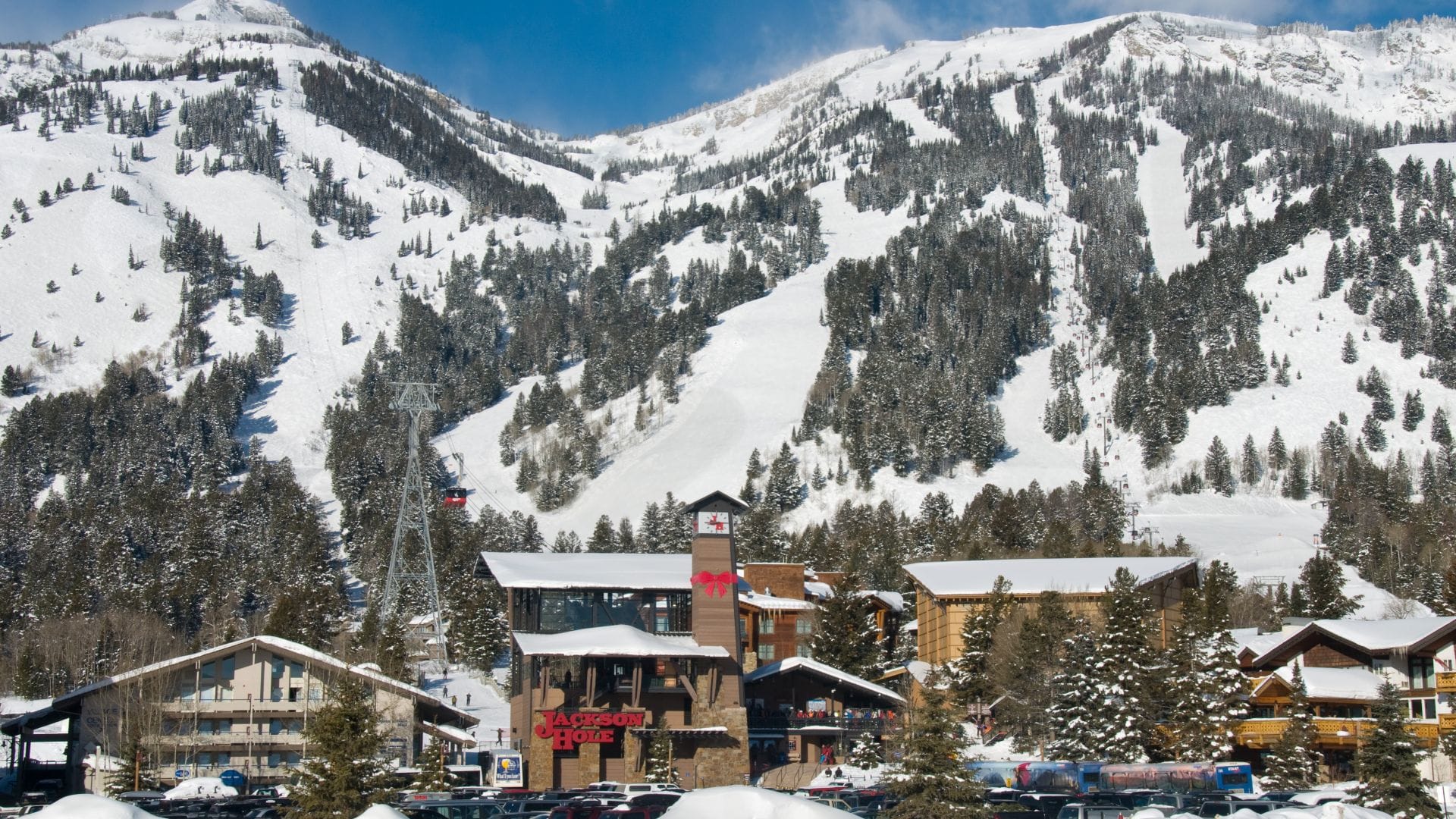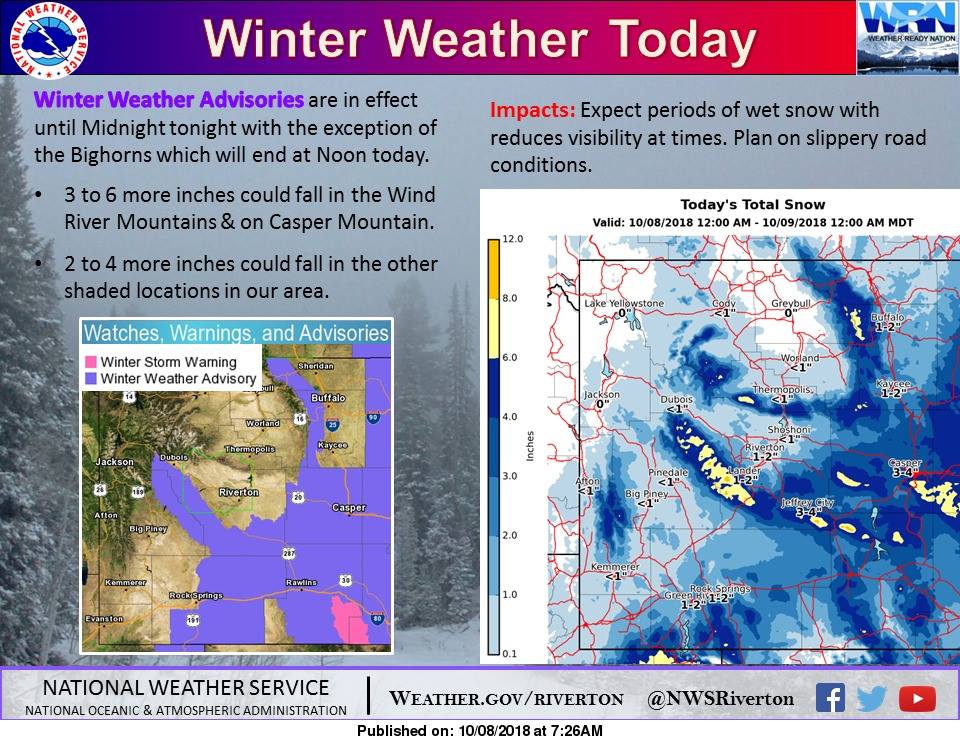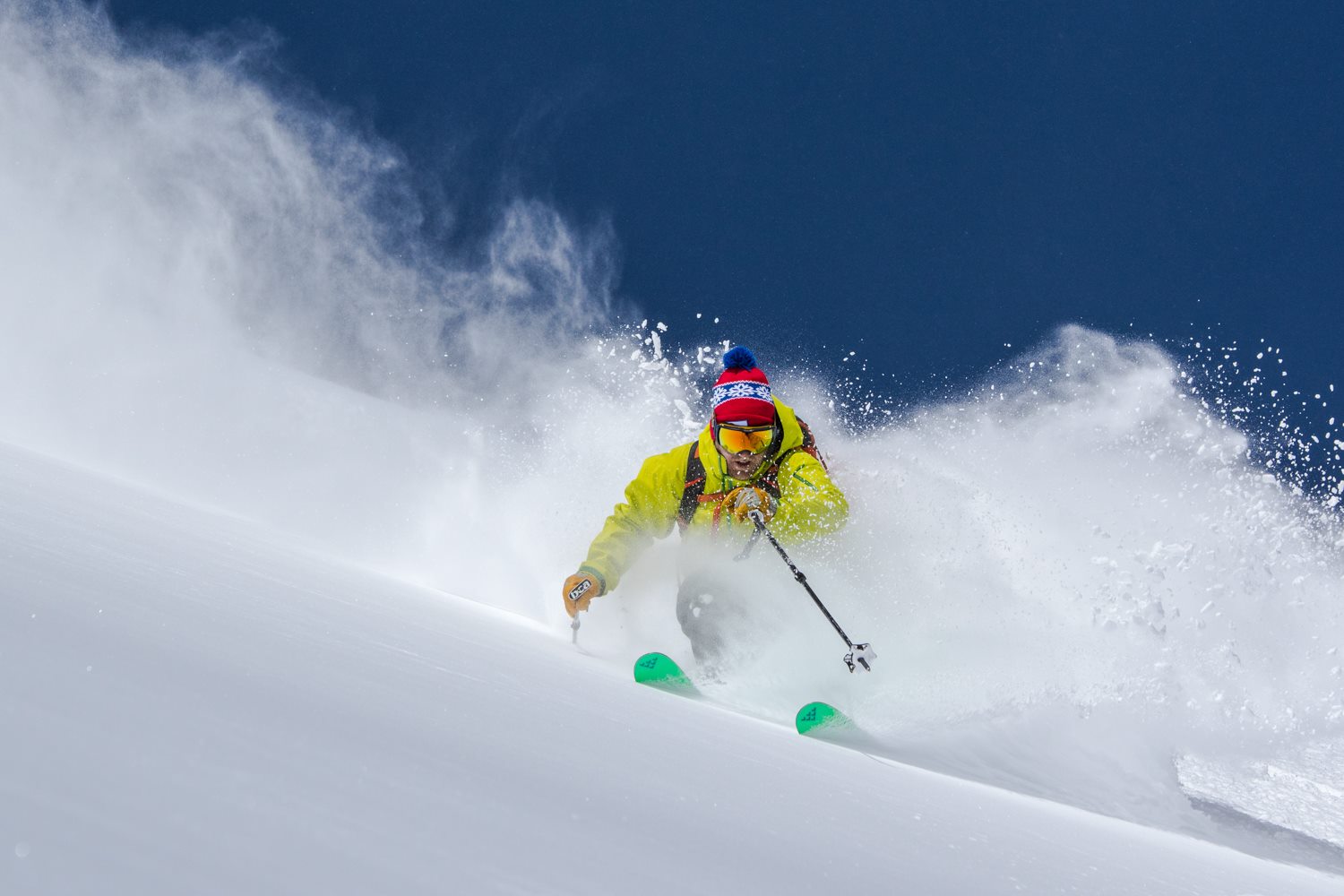
Colorado is famous for powder so light it’s accurately described as cold smoke. Yet, that cold smoke powder is the alluring face hiding the ugly secret of Colorado’s notoriously unstable continental snowpack. Since the early 1950s, almost a third of all avalanche fatalities in the United States have occurred in Colorado.
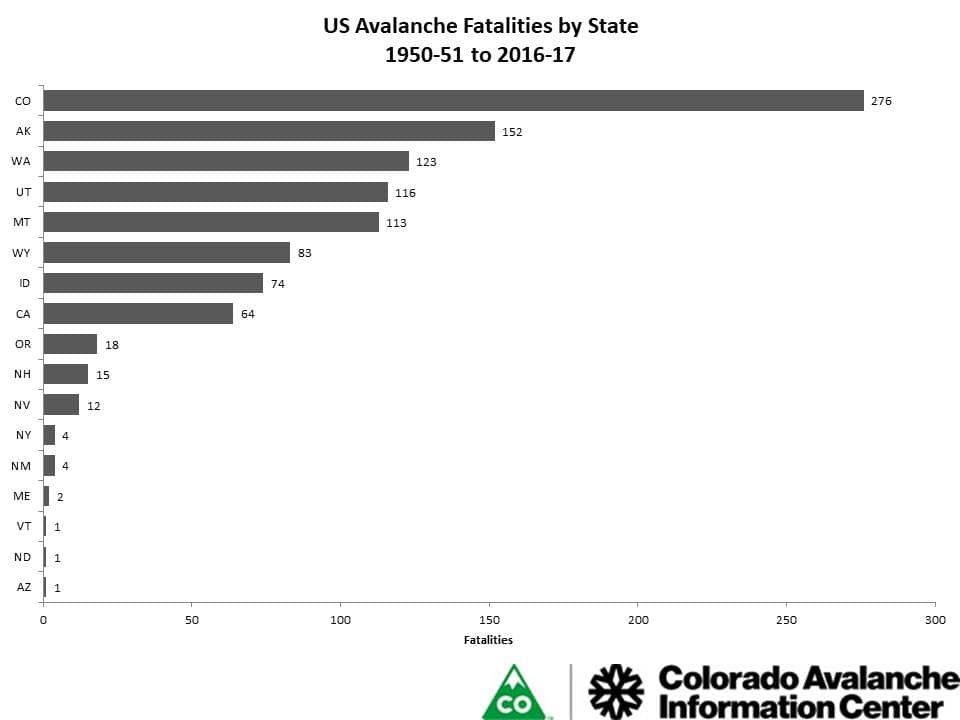
Given this grim statistic, gathering field data, creating and disseminating avalanche forecasts, and advocating for better avalanche awareness and education is no easy task in Colorado, but this is precisely the mission that the men and women of the Colorado Avalanche Information Center (CAIC) are tasked with.
Avalanche forecasting in Colorado grew out of a research program run through the United States Forest Service’s (USFS) Rocky Mountain Research Station in the early 1970s. Responsibility for public avalanche forecasts was transferred to the Colorado Department of Natural Resources in the early 1980s. However, the relationship between the CAIC and the USFS has continued. The USFS provides funding for the CAIC’s forecasting efforts, and the CAIC actively works with the USFS National Avalanche Center.
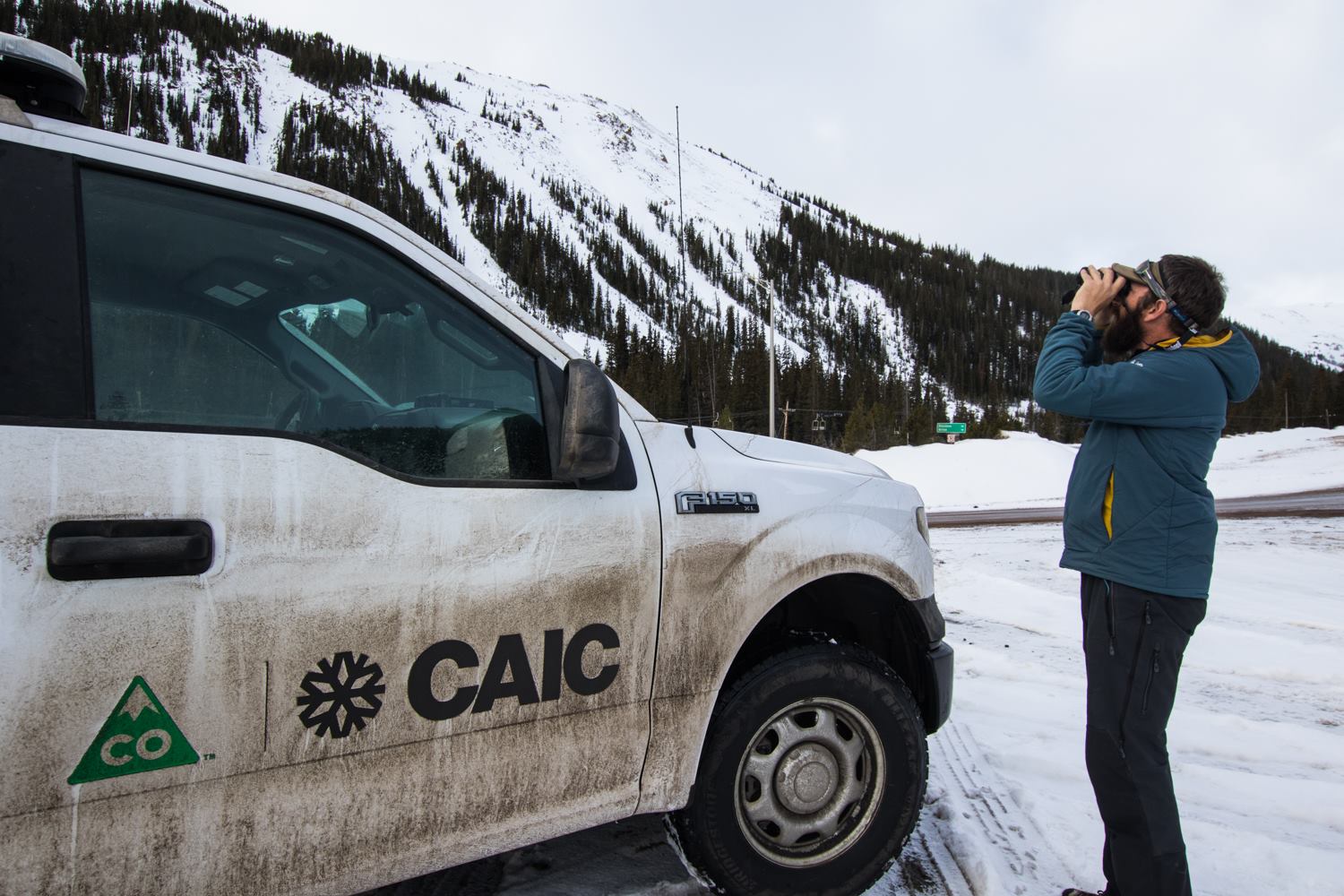
In 1993 the CAIC joined the Colorado Department of Transportation’s (CDOT) highway safety program. As part of the highway safety program, and through an intergovernmental agreement with the CDOT, the CAIC plays a critical roll in keeping Colorado’s highways safe from avalanches. The CAIC trains some 500 CDOT personnel a year in avalanche safety, advises CDOT staff on avalanche safety issues and recommends to CDOT staff the timing and location of avalanche mitigation work. The decision to close a pass such as Berthoud or Loveland due to avalanche danger resides solely with the CDOT. In return for the services that the CAIC provides to the CDOT, the CDOT provides the CAIC with approximately $640,000 in funding on a yearly basis.
The CAIC is not the only avalanche center in Colorado. The Crested Butte Avalanche Center (CBAC) is a distinct organization that is not part of the CAIC, nor is it government funded. More precise avalanche forecasts in the Elk Mountains, Gunnison Valley, and Crested Butte area is the mission of the CBAC. While their missions are slightly different, their goals are the same. Forecasters from the CAIC and the CBAC actively share information and discuss conditions before issuing the daily forecast.
During the prime snowy months, the CAIC issues daily forecasts across its ten backcountry zones:
- Front Range
- Northern San Juan
- Southern San Juan
- Sangre de Cristo
- Sawatch
- Aspen
- Vail & Summit County
- Steamboat & Flat Tops
- Gunnison
- Grand Mesa
Outside of prime snowy months, but when avalanches are still a threat, the CAIC issues statewide forecasts every few days.
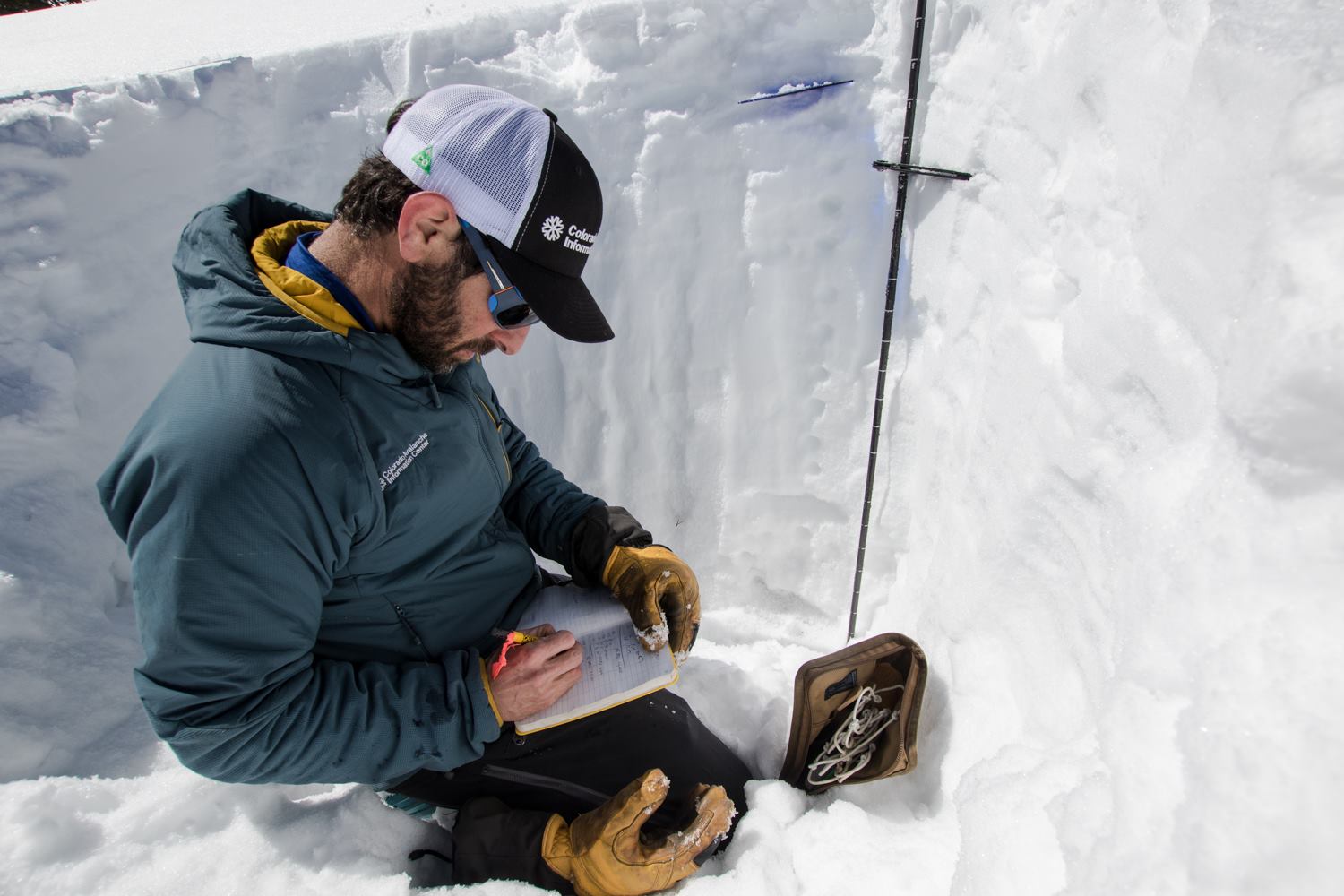
The CAIC’s ten backcountry zones are monitored by 17 full-time forecasters and 1 part-time forecaster. And because the CAIC’s forecasters can’t be everywhere all of the time, some zones (Front Range, Vail & Summit County, Northern San Juan, and Southern San Juan) are visited more than others (Sangre de Cristo). Though, the CAIC has made some changes so that the Sangre de Cristo zone gets increased monitoring this season. While 18 avalanche forecasters is not a lot of people, those avalanche forecasters possess decades of experience forecasting avalanches, and the CAIC’s new hires typically have a decade or more of experience.
Not only does the CAIC issue avalanche forecasts, but they also perform avalanche accident investigations. All fatal avalanche accidents are investigated; Colorado’s 10-year average is 6 fatalities a season. Additionally, the CAIC has been increasingly covering and investigating non-fatal avalanche accidents.
A lot is asked of the 21 men and women of the CAIC, and the intergovernmental agreement with the CDOT only covers some 40% of the CAIC’s roughly $1.6 million annual budget. In order to support the CAIC financially, and to promote avalanche safety and awareness in Colorado the Friends of the CAIC (FoCAIC) was started in 2007. The FoCAIC is a 501(c)3 non-profit organization and has only 2 full-time staff members, and 1 full-time seasonal staff member.
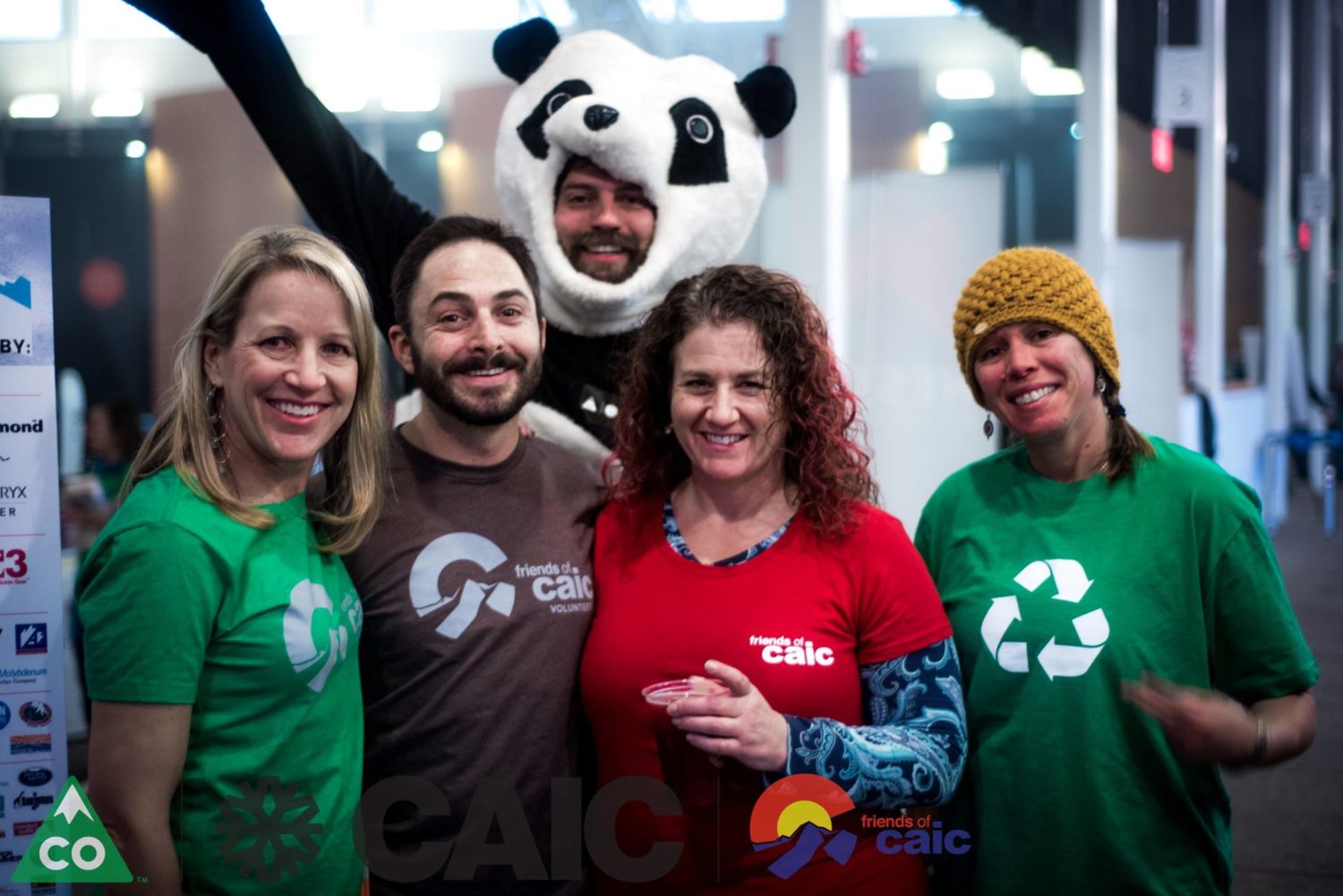
The FoCAIC hosts or participates in at least 25 events a year to raise money and avalanche awareness. These events are FoCAIC’s, and CAIC’s, main means of direct interaction with the general public and to broach avalanche safety. The FoCAIC’s two biggest events are the Colorado Snow and Avalanche Workshop and the CAIC Benefit Bash (the CAIC Benefit Bash is less than a month away on Saturday, December 1st). With only 3 full-time staff members during the season, the FoCAIC relies extensively on volunteers to accomplish its mission, to the tune of 500 volunteer hours a year.
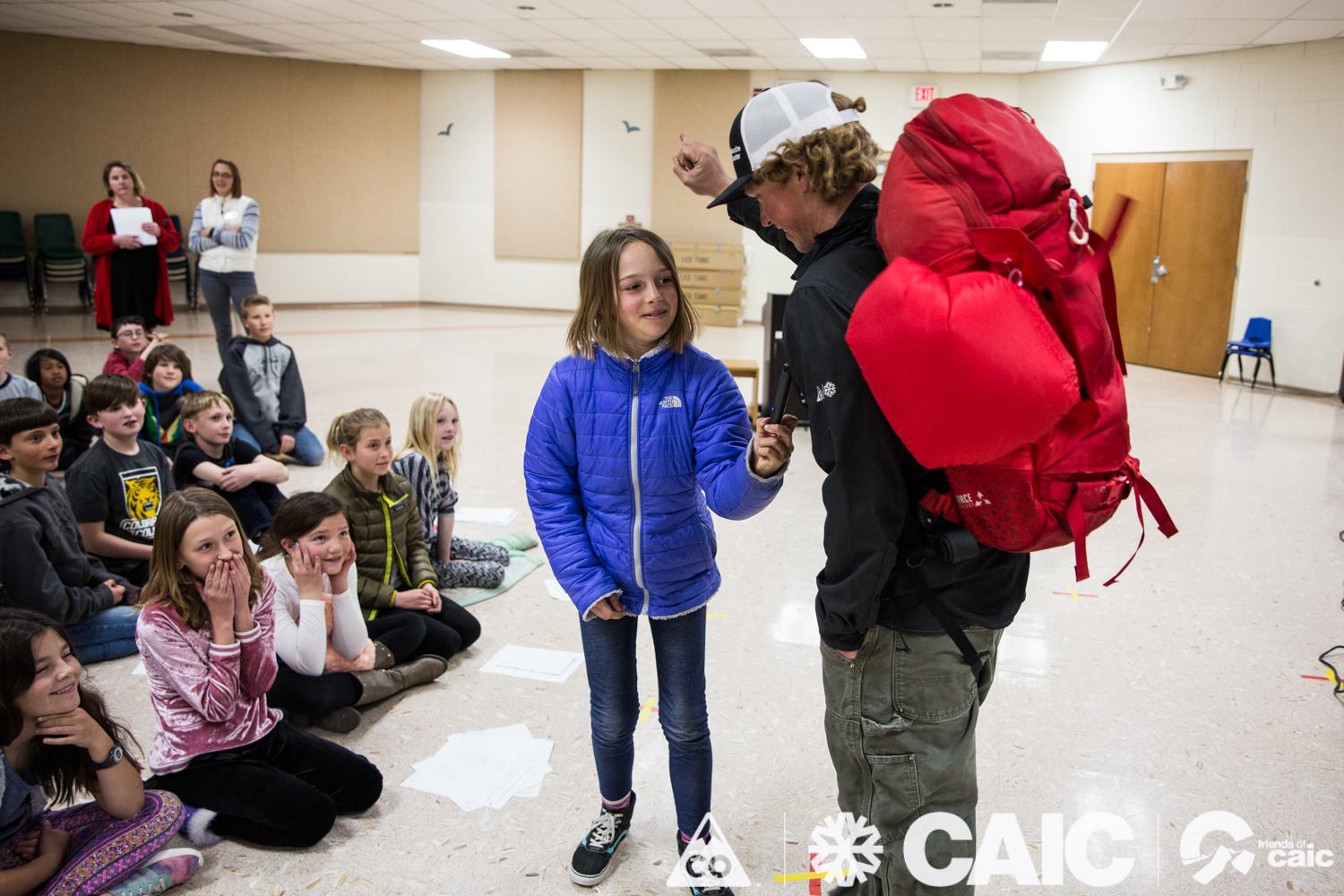
Money raised by the FoCAIC comes from a variety of sources. For instance, Arapahoe Basin hosts the annual Beacon Bowl fundraiser in February, Vail Resorts donates money through its Epic Promise Foundation, the gear manufacturer Backcountry Access gives directly, FoCAIC wins government grants, and individuals donate directly to FoCAIC.
The CAIC is always striving to do a better job at disseminating its avalanche forecasts, and informing the public about avalanche safety. The CAIC or the FoCAIC has Facebook, Twitter, and YouTube accounts where you can find the avalanche forecast, discussions about the snowpack, and find out about upcoming events.
Finally, there are five things that the CAIC would like all backcountry travelers to know: get the forecast, get the training, get the gear, get the picture, and stay out of harm’s way.
A special thanks to Aaron Carlson, Executive Director of FoCAIC, and Ethan Greene, Director of CAIC, for taking the time to answer questions about CAIC and FoCAIC.


